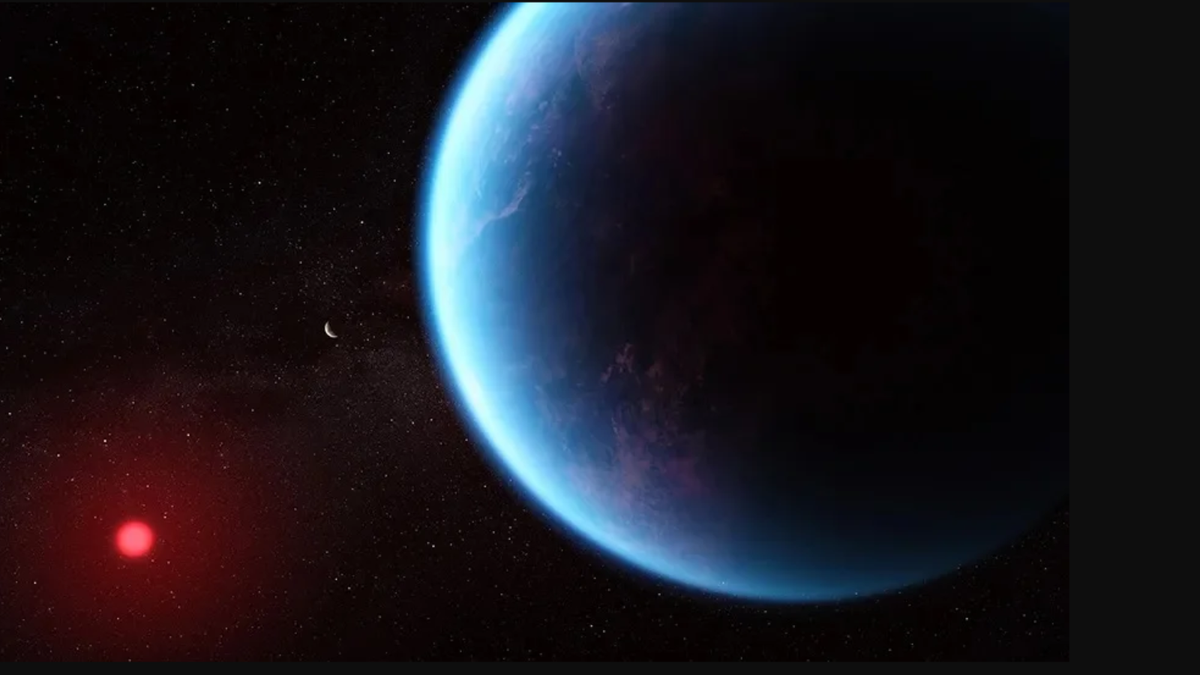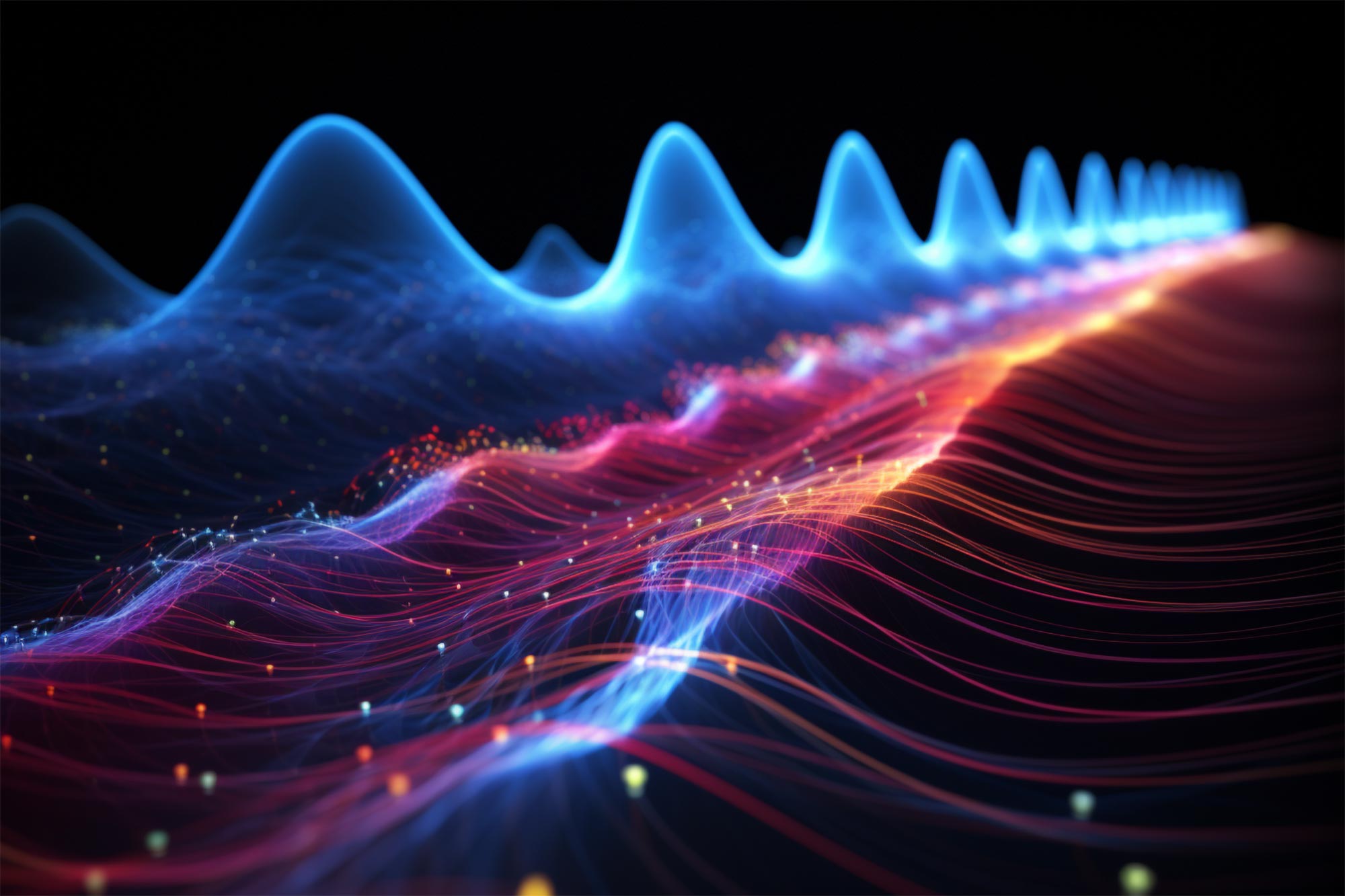Researchers have developed a pioneering method to perform fractional Fourier transform of optical pulses using quantum memory. This unique achievement involved performing the transformation on the “Schrödinger’s cat” state, which has potential applications in communications and spectroscopy.
Researchers from the Faculty of Physics at the University of Warsaw, in collaboration with experts from the QOT Center for Quantum Optical Technologies, have created an innovative technology that allows performing fractional Fourier transform of optical pulses using quantum memory.
This achievement is unique at the global level, as the team was the first to present an experimental application of the aforementioned transformation in this type of system. The results of the research were published in the prestigious journal Physical review letters. In their work, the students tested the implementation of a fractional Fourier transform using a double optical pulse, also known as the “Schrödinger’s cat” condition.
Pulse spectrum and time distribution
Waves, like light, have their own characteristic properties – the duration of the pulse and its frequency (corresponding, in the case of light, to its color). It turns out that these properties are related to each other through a process called the Fourier transform, which makes it possible to switch from describing a wave in time to describing its spectrum in frequencies.
The fractional Fourier transform is a generalization of the Fourier transform that allows a partial transition from a description of a wave in time to a description in frequency. Intuitively, it can be understood as a rotation of a distribution (e.g., Wigner time toroid function) of the studied signal at a given angle in the time-frequency domain.

Students in the lab display the rotation of Schrödinger’s cat states. No real cats were injured during the project. Source: S. Korzina and B. Neault, University of Warsaw
Transformations of this kind turn out to be exceptionally useful in designing special spectral and temporal filters to eliminate noise and enable the creation of algorithms that make it possible to use the quantum nature of light to distinguish pulses of different frequencies more precisely than with conventional methods. This is especially important in spectroscopy, which helps study the chemical properties of matter, and in telecommunications, which requires transmitting and processing information with high accuracy and speed.
Lenses and Fourier transform?
An ordinary glass lens is able to focus a beam of monochromatic light falling on it to approximately a single point (focus). Changing the angle of light falling on the lens changes the focus position. This allows us to convert angles of incidence into positions, obtaining a Fourier transform analogy, in the space of directions and positions. Classical diffraction grating-based spectrographs use this effect to convert wavelength information of light into positions, allowing us to distinguish between spectral lines.
Time and frequency lenses
Similar to a glass lens, time-frequency lenses allow the pulse duration to be converted into its spectral distribution, or, effectively, to perform a Fourier transform in frequency space-time. The correct selection of the powers of these lenses makes it possible to perform a fractional Fourier transform. In the case of optical pulses, the action of time and frequency lenses corresponds to the application of quadratic phases to the signal.
To process the signal, the researchers used a quantum memory – or more precisely a memory equipped with quantum light processing capabilities – based on a cloud of rubidium atoms placed in a magneto-optical trap. The atoms were cooled to a temperature of tens of millions of degrees above Absolute zero. The memory is placed in a variable magnetic field, allowing components of different frequencies to be stored in different parts of the cloud. The pulse was subjected to a time lens during writing and reading, and a frequency lens during storage.
The device developed at the University of Wisconsin allows such lenses to be implemented over a very wide range of parameters and in a programmable manner. The double pulse is very vulnerable to decoherence, and is thus often compared to the famous Schrödinger’s cat – a microscopic superposition of being alive and dead, almost impossible to achieve experimentally. However, the team was able to perform precise operations on these fragile double-pulse cases.
The publication was the result of work in the Laboratory of Quantum Optical Devices and the Laboratory of Quantum Memory at the Center for “Quantum Optical Technologies” with the participation of two master’s students: Stanislaw Korzina and Marcin Yastrzebski, two undergraduate students Bartosz Neault and Jan Novosielski, and Dr. Mateusz Maslanyk, and the heads of the laboratory, Dr. Michal Barniak and Professor Wojciech Wasilewski. For the results described, Bartosz Neault also received a grant presentation award during the recent DAMOP conference in Spokane, Washington.
Before direct application in communications, the method must first be mapped to other wavelengths and parameter ranges. However, the fractional Fourier transform can be crucial for optical receivers in modern networks, including optical satellite links. A quantum light processor developed at the University of Wisconsin makes it possible to find such new protocols and test them in an efficient manner.
References: “Experimental implementation of optical fractional Fourier transform in the time-frequency domain” by Bartosz Neault, Marcin Jastrzebski, Stanisław Korzyna, Jan Novoselski, Wojciech Vasilevski, Mateusz Mazilanic, and Michal Barniak, June 12, 2023, Physical review letters.
doi: 10.1103/PhysRevLett.130.240801
The project “Quantum Optical Technologies” (MAB/2018/4) is implemented within the International Research Agendas Program of the Polish Science Foundation and co-financed by the European Union within the framework of the European Regional Development Fund.

“Typical beer advocate. Future teen idol. Unapologetic tv practitioner. Music trailblazer.”






More Stories
Has the James Webb Space Telescope really discovered extraterrestrial life? Scientists aren’t so sure about that
Rocket Report: Astroscale chases a dead rocket; Ariane 6 on the podium
Astronomers solve the mystery of the dramatic 1936 explosion of FU Orionis